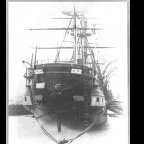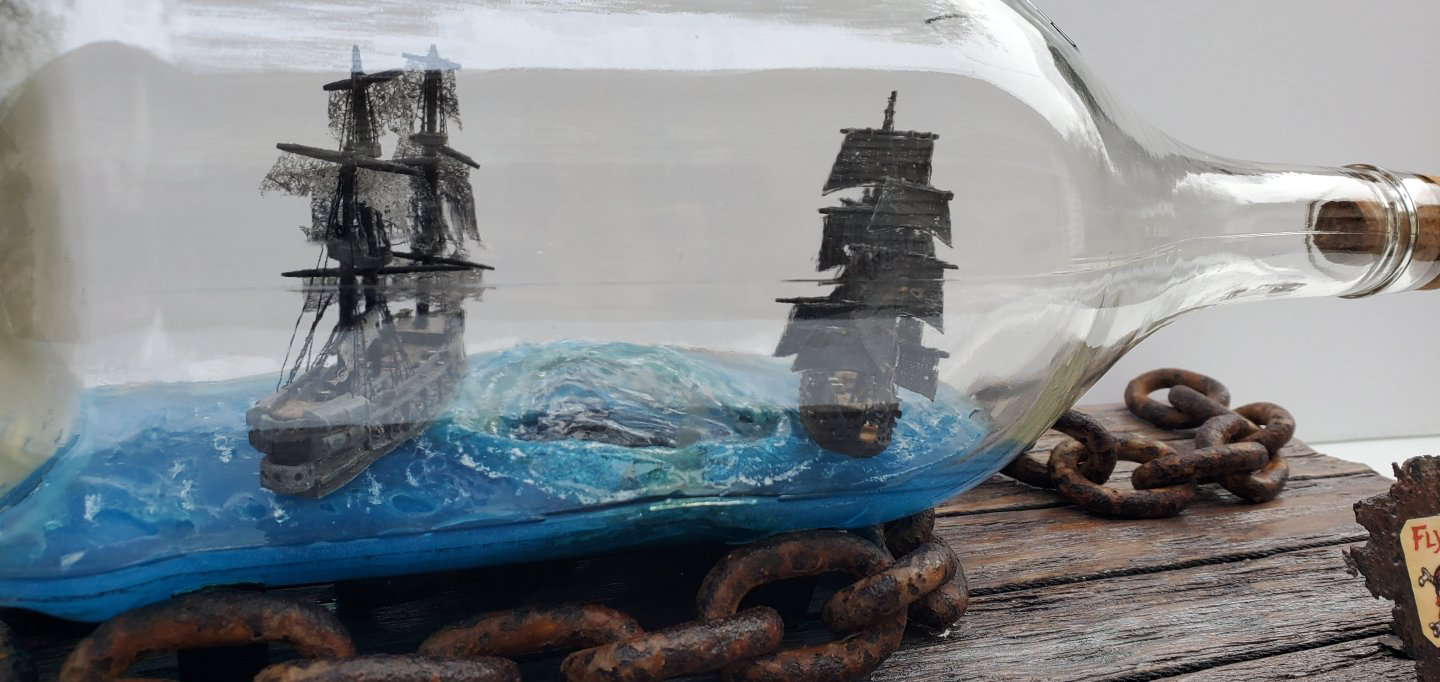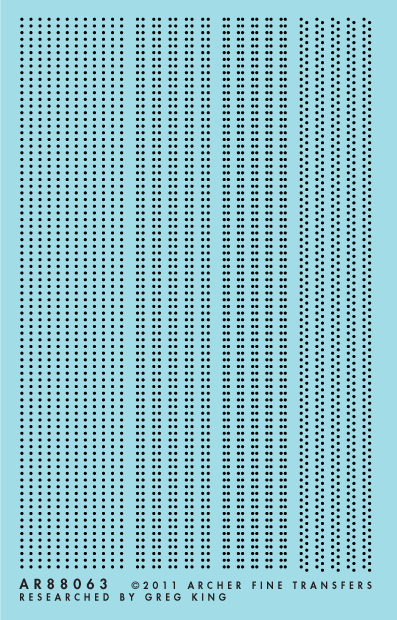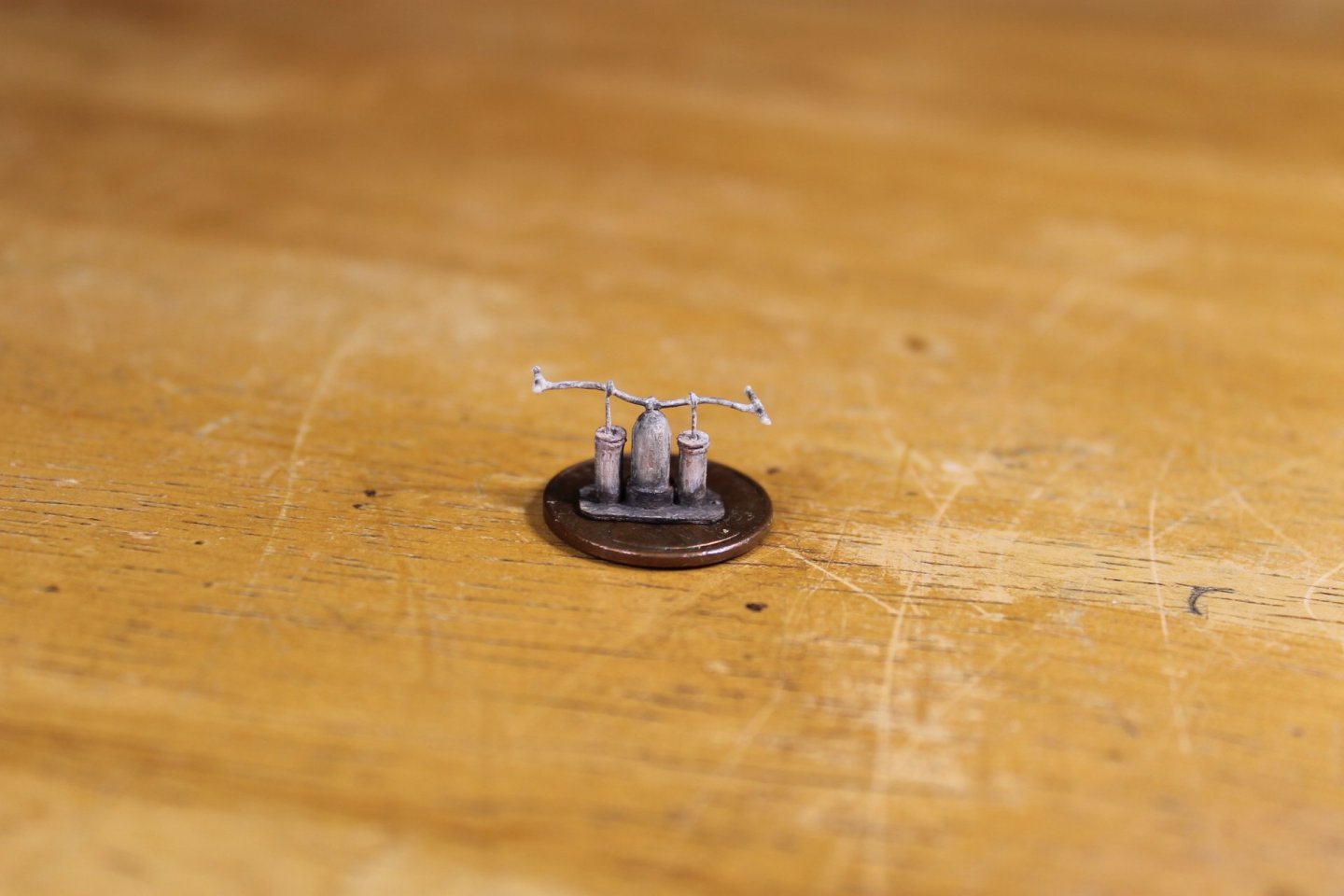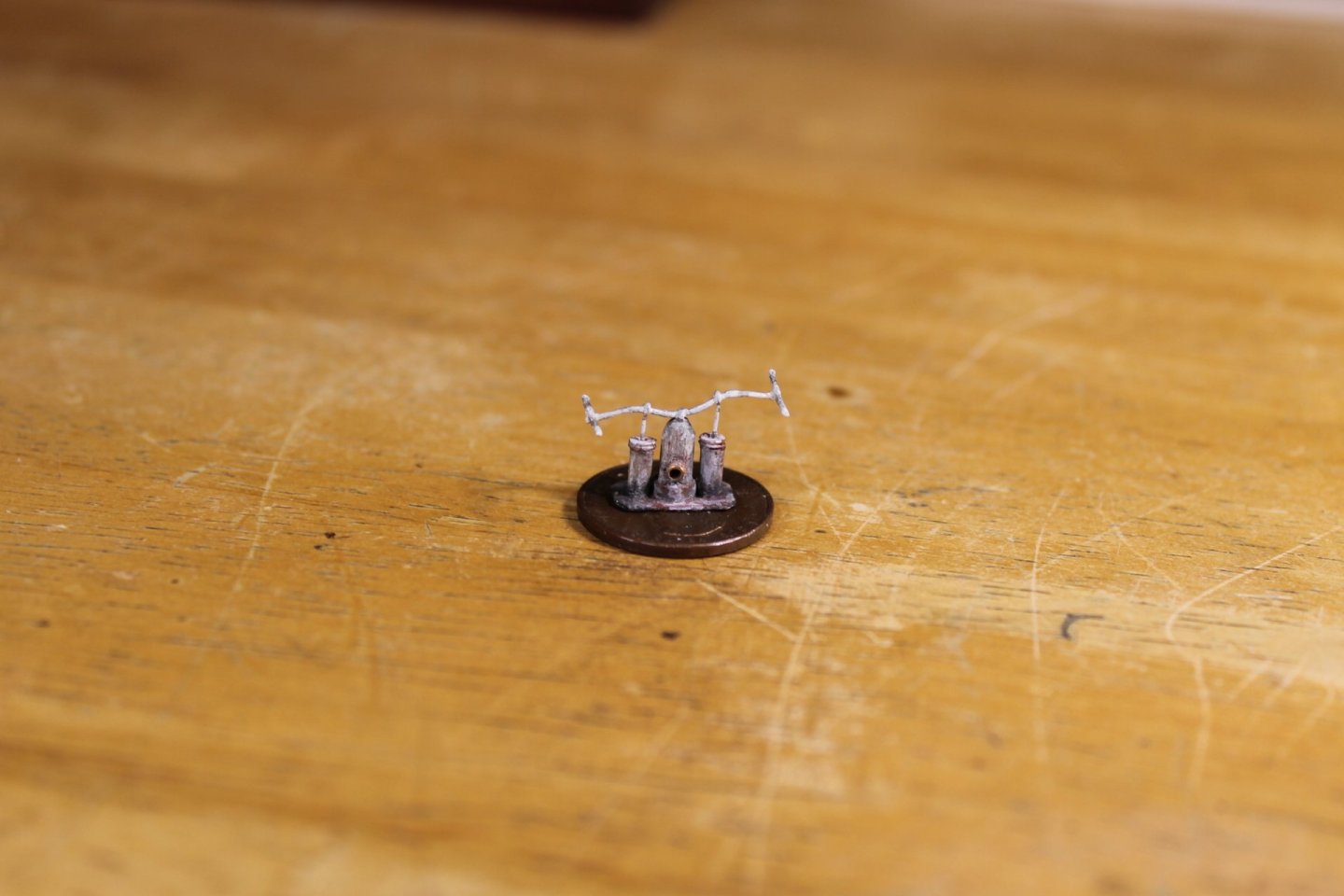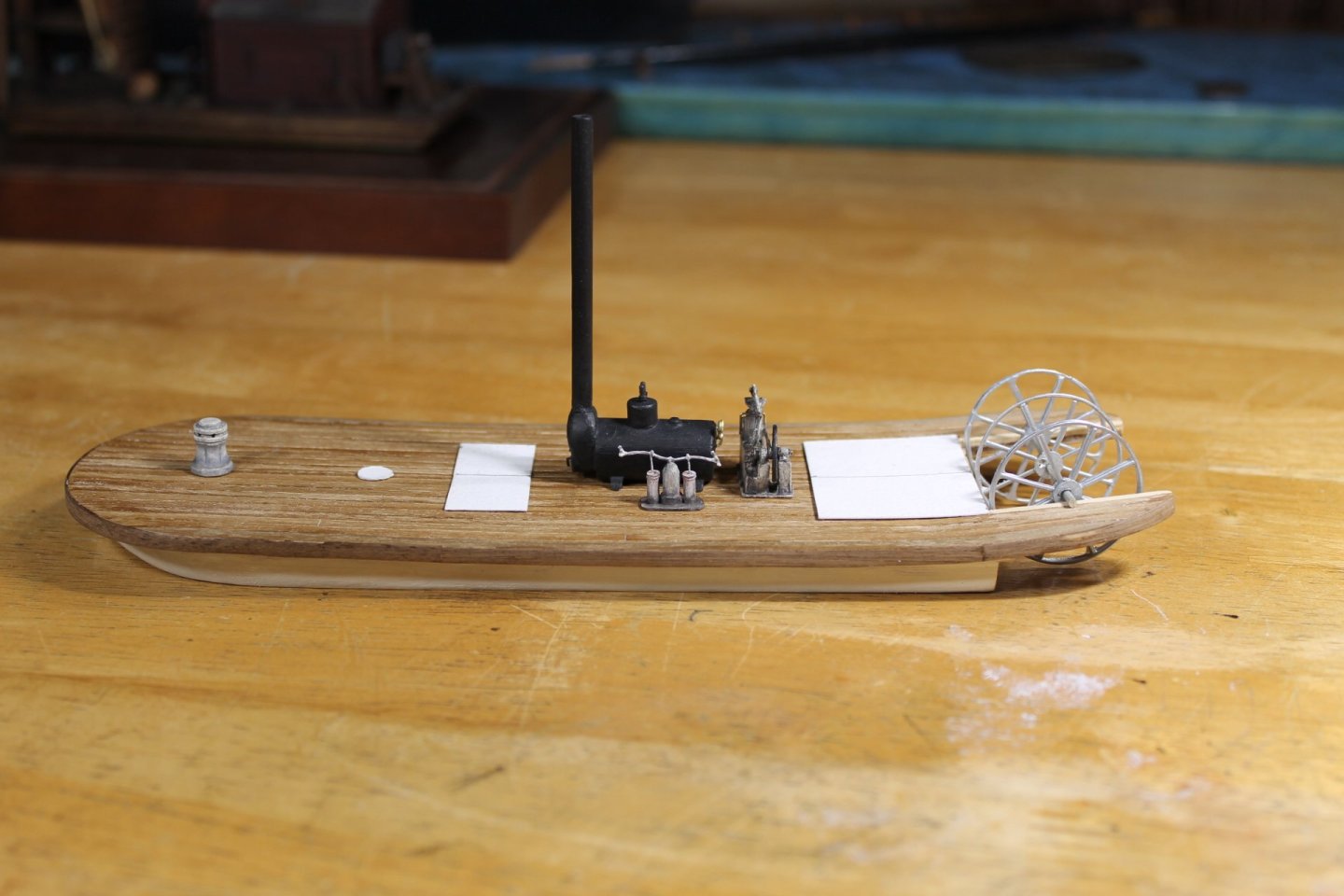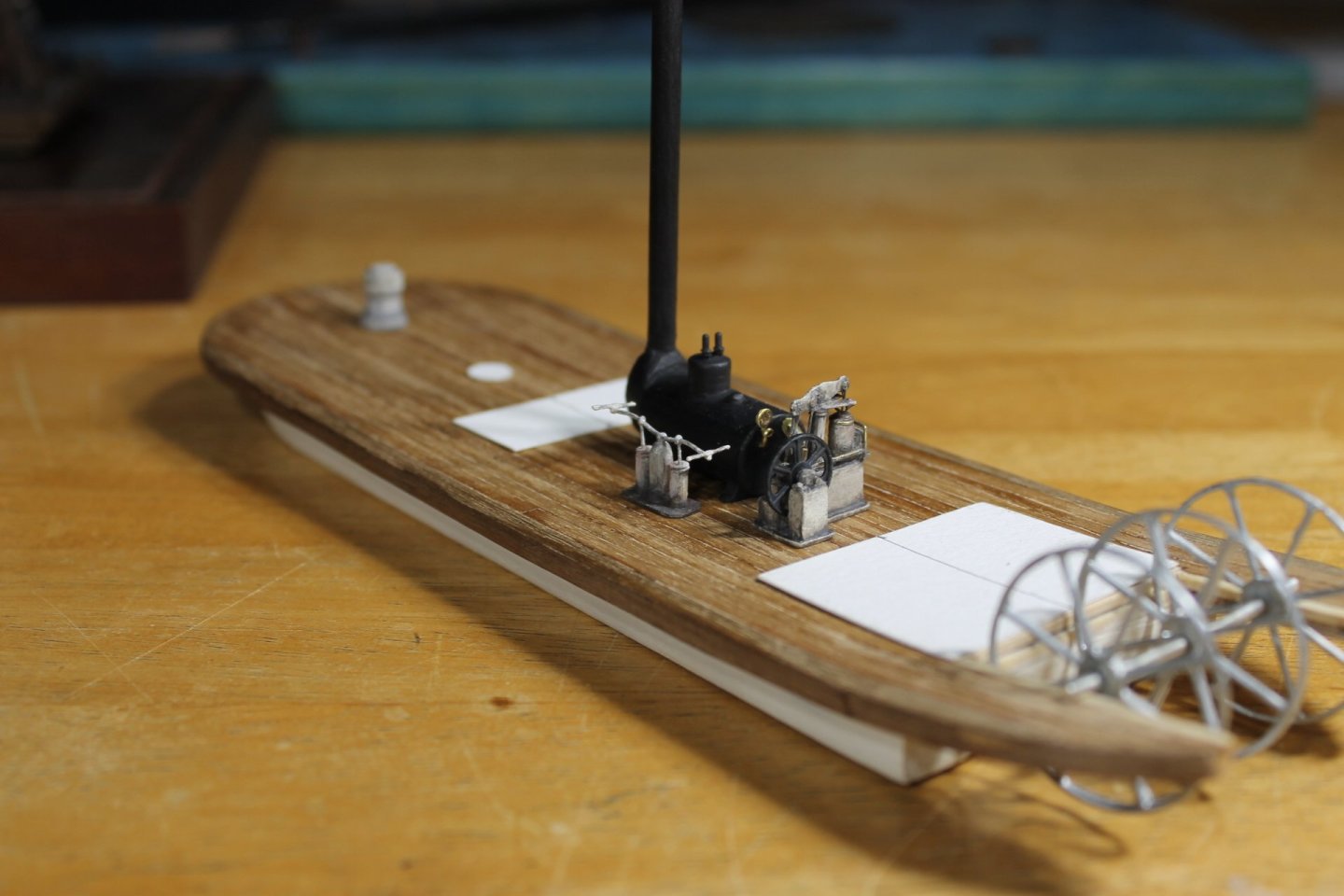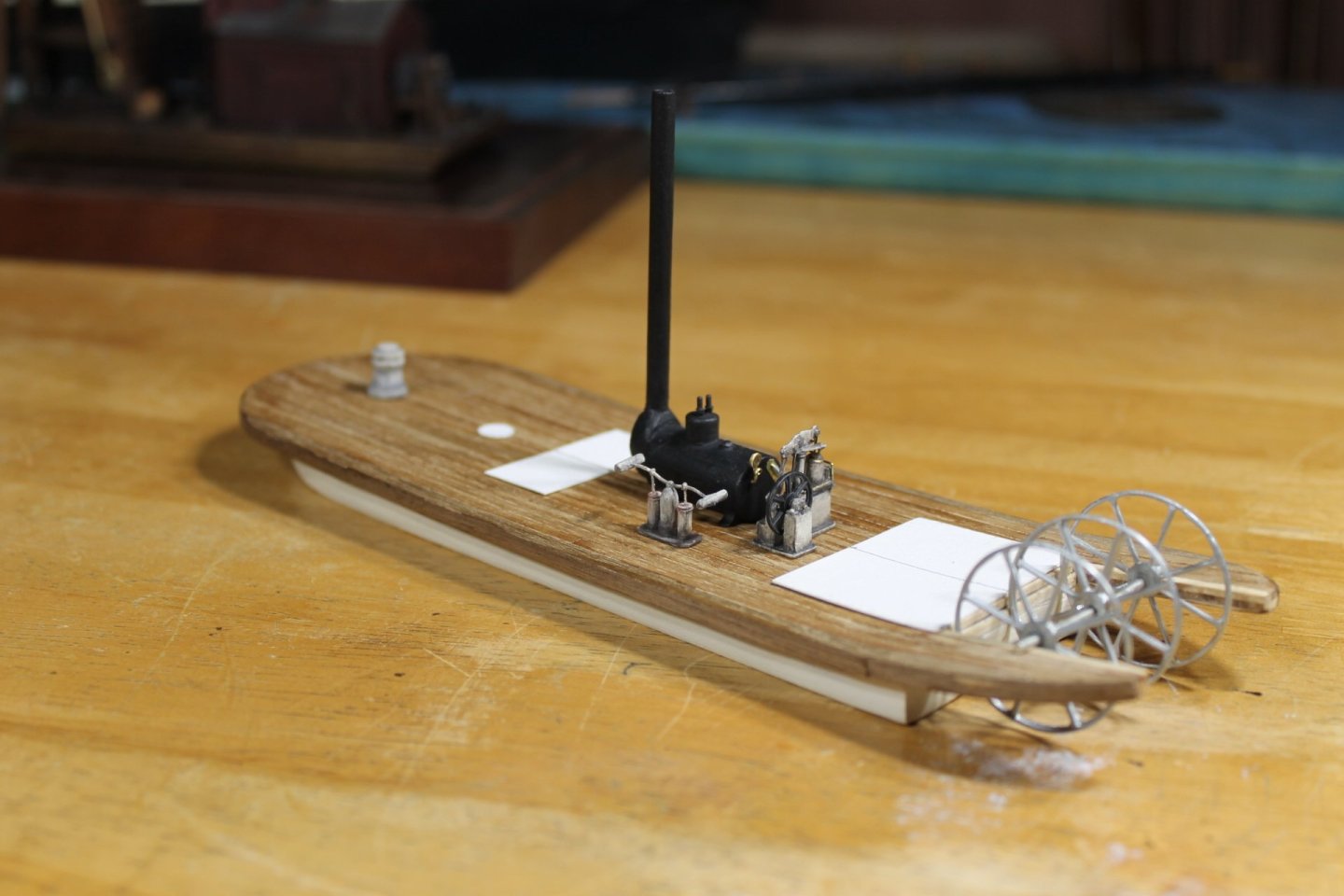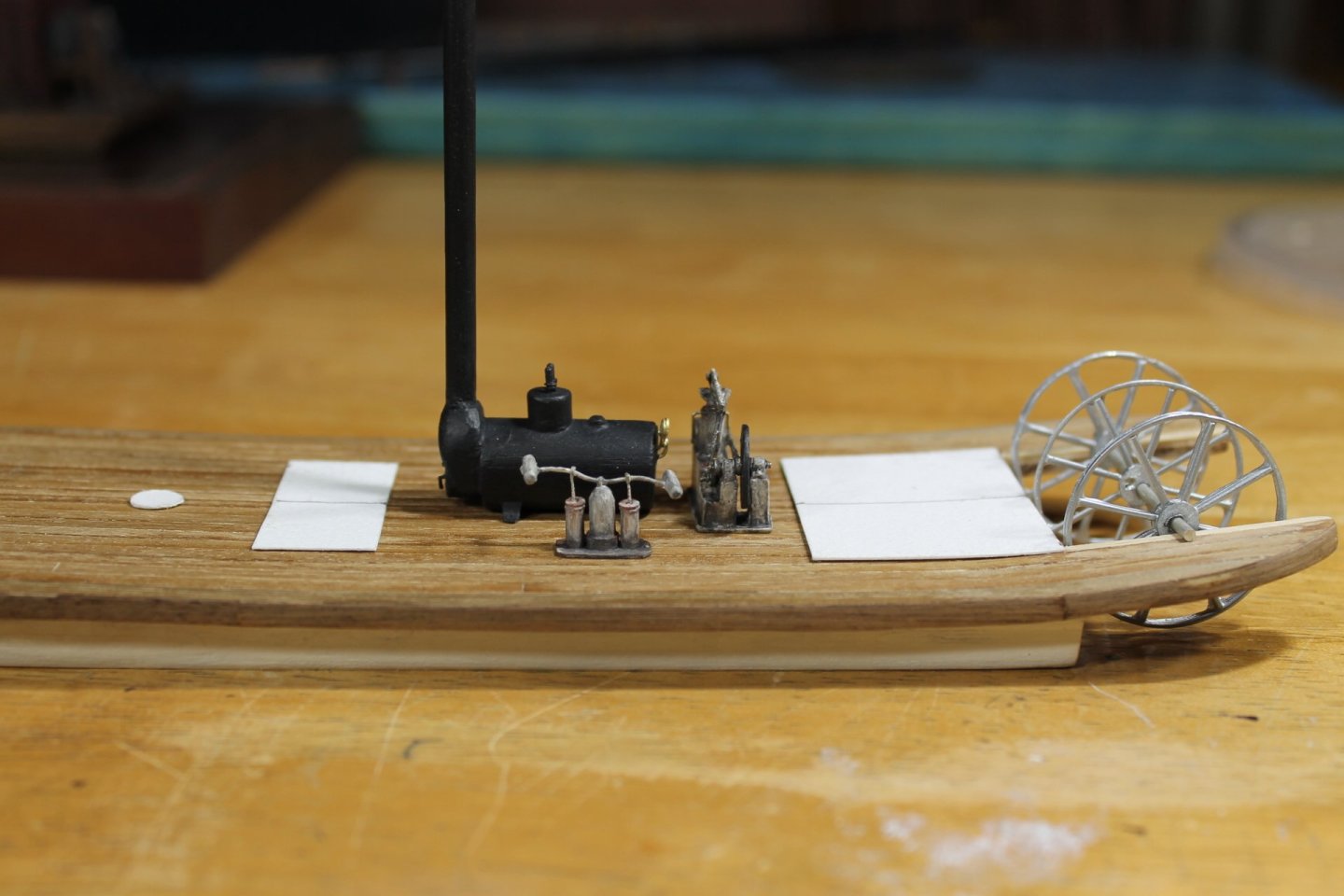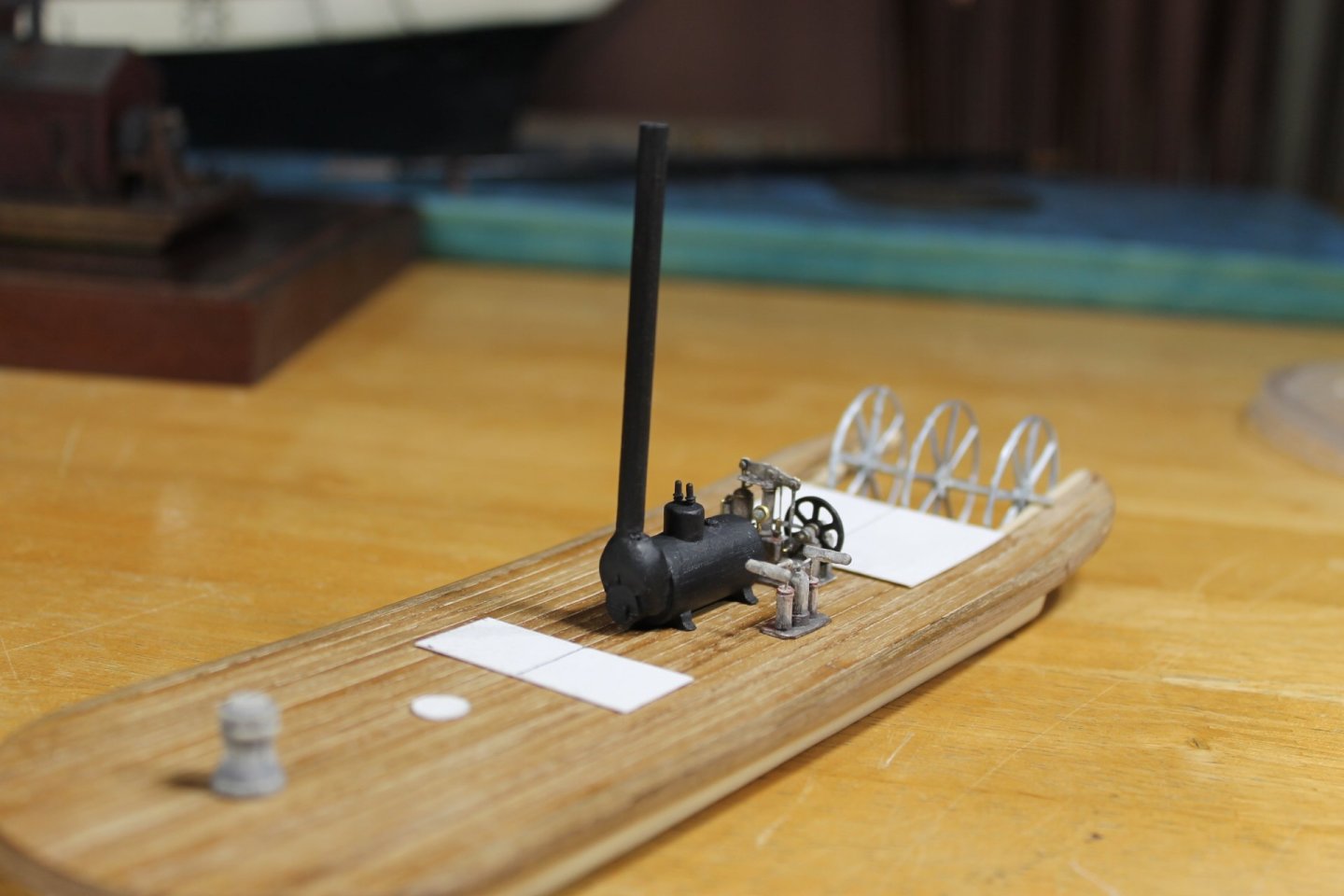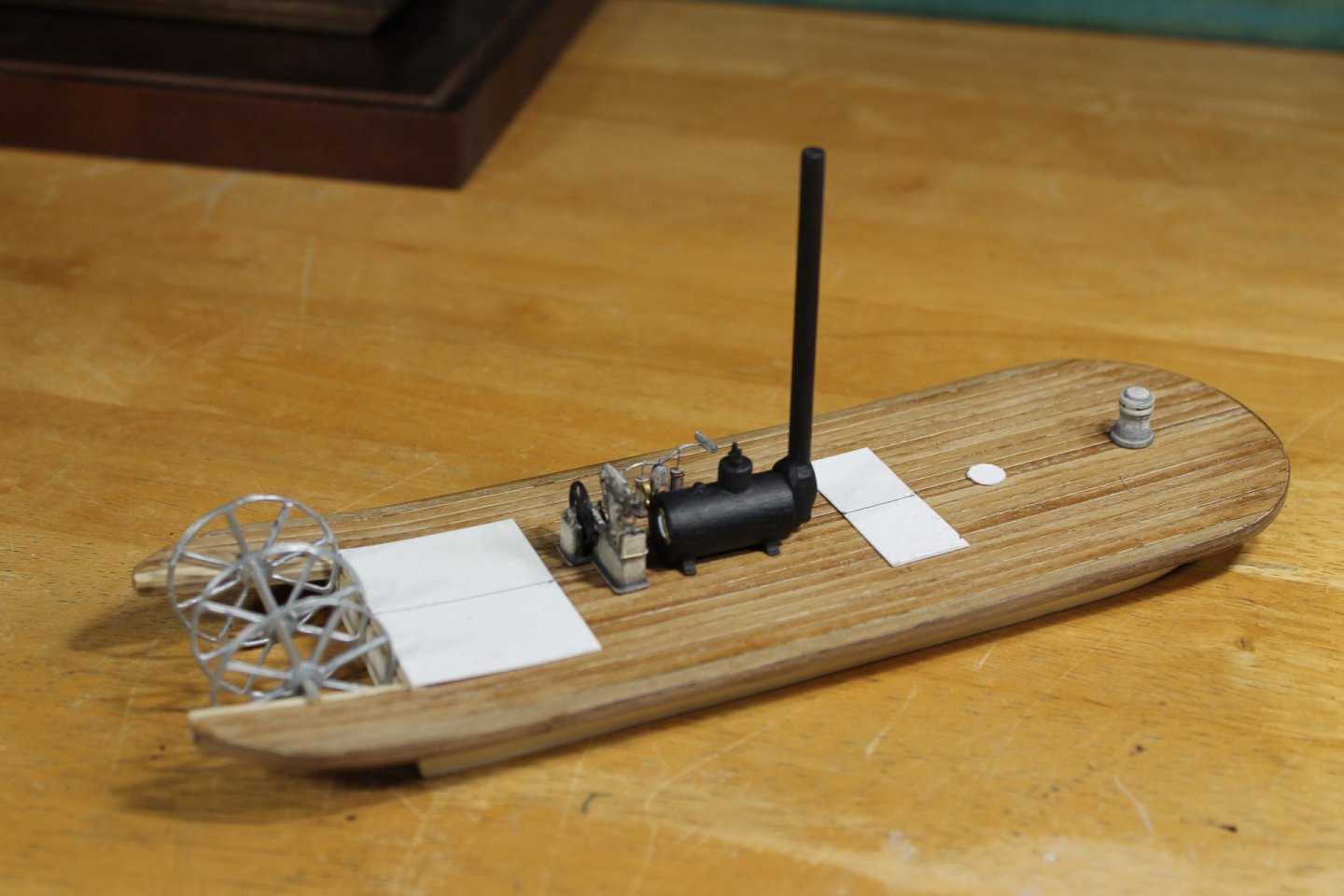-
Posts
6,248 -
Joined
-
Last visited
Content Type
Profiles
Forums
Gallery
Events
Everything posted by Keith Black
-
You're doing a great job, Ian. I'm starting to learn to live with imperfections by embracing them and utilizing them in some fashion. Nothing we build is perfect.
- 219 replies
-
Thom, welcome back.
-
Thank you, Roel. Thank you, Pat. Thank you, Lynn. No, I've not made it to the Arabia museum but Eric, @Cathead, shared photos of some of the museum exhibits in his Arabia build. https://modelshipworld.com/topic/17090-arabia-1856-by-cathead-finished-scale-164-sidewheel-riverboat-from-the-missouri-river-usa/
- 732 replies
-
- Lula
- sternwheeler
-
(and 1 more)
Tagged with:
-
She looks fantastic, Bob. Have you ever considered a rubber bowsprit?
- 207 replies
-
- vanguard models
- Duchess of Kingston
-
(and 1 more)
Tagged with:
-
Glen, this photo of your SIB is the best and most incredible SIB I have ever seen, I am absolutely blown away.
- 185 replies
-
- Flying Dutchman
- Black pearl
-
(and 2 more)
Tagged with:
-
Thank you, LJP. Archer sells S scale (1:64) rivets. 1:120 is between HO and N scale so I'll probably go with the N scale. I learned of Archer through mcb's Blairstown build, see his rivet images on page four. https://modelshipworld.com/topic/32170-blairstown-by-mcb-1160-plastic-steam-derrick-lighter-ny-harbor/
-
The boiler looks great, LJP. The below won't help you with this build but at least you'll have the information for next time. Yesterday I became aware of transfer rivets by Archer, they sell several patterns in five? different scales. https://www.archertransfers.com/pages/surface-details-n-scale Example image of one of the patterns.
-
Thank you, Glen Thank you, Eric. That is so very kind of you. I've got some sand left over from God only knows what project that I'm going to try to use. I'll have to paint it and then glue it in a pile and see if it makes acceptable coal. If it doesn't, I'll take you up on your generous offer.
- 732 replies
-
- Lula
- sternwheeler
-
(and 1 more)
Tagged with:
-
Thank you, Vossie. Thank you, Mark. Glad to see you back in the saddle. Thank you, John.
- 732 replies
-
- Lula
- sternwheeler
-
(and 1 more)
Tagged with:
-
Thank you, Bob. A tooth pick is larger than the original handles. This pump is a little delicate thing. Thank you everyone for the support. Your comments and likes inspire me to make Lula as interesting as possible. The thread for handles worked great, thank you again, Gary. To answer your question about how much the hand pump will be seen......the sides will be open and I think some of the pump will be visible from above as the upper deck forward of the pilothouse will only extend about halfway past the boiler. Hand pump on a penny and on Lula's deck. These handles are much more to scale. They are 0.30 inches wide and 0.020 inches in diameter. With that I'm calling the hand pump done, it's time to start building some structure. I'm going to start with the coal bin. i'll build the bin on a thin plywood base that will be narrow between the bin door and the boiler's firebox door. It will then widen where where the boiler will sit comfortably on the starboard side and be wide enough on the port side for the hand pump to sit. It will extend aft just past the beam engine. The plywood will represent iron plate and I want to be able to have the coal bin, boiler, hand pump, and beam engine on the plywood as a single unit where i can adjust all four elements as a whole when I create the space between the beam engine and the steam engine room. It will also allow me to plumb the pump, boiler, and beam engine without trying to lift the three individual units plumbed together when placing them on the deck. Thank you for your input and for following Lula's journey. Keith
- 732 replies
-
- Lula
- sternwheeler
-
(and 1 more)
Tagged with:
-
Great post, Bob. Your joy in modeling is infectious, thank you.
- 207 replies
-
- vanguard models
- Duchess of Kingston
-
(and 1 more)
Tagged with:
-
That'd be a great model, Eberhard. It could be working a Spanish wreck with the diver bringing up treasure.
- 732 replies
-
- Lula
- sternwheeler
-
(and 1 more)
Tagged with:
-
I know the original idea of using the piece of wood would probably swallow the bottle but isn't that what a whirlpool does?
- 185 replies
-
- Flying Dutchman
- Black pearl
-
(and 2 more)
Tagged with:
-
Thank you, Phil. I'll order flux and solder and see if I can teach myself to be better at the soldering process. Once upon a time I did a lot of soldering on PC boards when I was in the Marines but then we had the best wasteful money could buy. Were you in PCB design? I worked at QC Graphics in Dallas for several years. Thank you, Gary. I wanted to hit the like, thank you, and laugh button all at the same time. Great idea on using thread, I'll head upstairs shortly to try that. The knuckle dragger is the guy doing the building.
- 732 replies
-
- Lula
- sternwheeler
-
(and 1 more)
Tagged with:
-
Nice look, Glen. I like it though I also liked the piece of wood.
- 185 replies
-
- Flying Dutchman
- Black pearl
-
(and 2 more)
Tagged with:
-
Roel, I love the detail you achieve at this scale. Remarkable stuff.
- 70 replies
-
- Scheldt River
- Dredger
-
(and 2 more)
Tagged with:
-
Thank you, John. I have an iron but I need to get better solder with flux or good solder and flux. The second problem and the most critical is, the handles have to be 90 degrees to the handle shaft and horizontal with the deck while aligning with each other in the horizontal plane. This pump is very tiny, the whole pump sits atop a US penny. Provided I had the solder and flux due to the size I'm not sure I could make connections with the proper alignment? Using wood and CA I have a lot of leeway to make those necessary alignment adjustments.
- 732 replies
-
- Lula
- sternwheeler
-
(and 1 more)
Tagged with:
-
Thank you, Lynn. And thank you to all for your comments and likes, Lula now has a hand pump. I was frustrating myself trying to add the fancy frame work.....life's too short. I'm okay with the pump as is except for the handles, they're out of scale. I could leave them as is but I will try to figure out a way to decrease the size. The handles are easily removable if I come up with a game plan for replacements. I darkened the pump quite a bit due to the pump water and coal dust. It's good to see Lula's machinery take shape. I added the capstan but didn't darken it as much because it's at the bow away from most of the coal dust. Thank you everyone for following along. Keith
- 732 replies
-
- Lula
- sternwheeler
-
(and 1 more)
Tagged with:
-
Welcome to MSW. Glad to have you aboard.
About us
Modelshipworld - Advancing Ship Modeling through Research
SSL Secured
Your security is important for us so this Website is SSL-Secured
NRG Mailing Address
Nautical Research Guild
237 South Lincoln Street
Westmont IL, 60559-1917
Model Ship World ® and the MSW logo are Registered Trademarks, and belong to the Nautical Research Guild (United States Patent and Trademark Office: No. 6,929,264 & No. 6,929,274, registered Dec. 20, 2022)
Helpful Links
About the NRG
If you enjoy building ship models that are historically accurate as well as beautiful, then The Nautical Research Guild (NRG) is just right for you.
The Guild is a non-profit educational organization whose mission is to “Advance Ship Modeling Through Research”. We provide support to our members in their efforts to raise the quality of their model ships.
The Nautical Research Guild has published our world-renowned quarterly magazine, The Nautical Research Journal, since 1955. The pages of the Journal are full of articles by accomplished ship modelers who show you how they create those exquisite details on their models, and by maritime historians who show you the correct details to build. The Journal is available in both print and digital editions. Go to the NRG web site (www.thenrg.org) to download a complimentary digital copy of the Journal. The NRG also publishes plan sets, books and compilations of back issues of the Journal and the former Ships in Scale and Model Ship Builder magazines.


